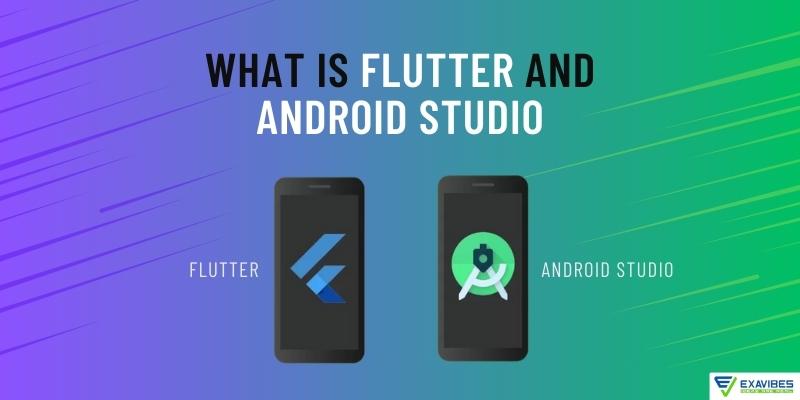
What Is Flutter And Android Studio
What is Flutter?
Flutter is an open-source software development kit (SDK) designed by Google, primarily focused on building user interfaces (UI). It is designed to facilitate the development of natively compiled applications for mobile, web, and desktop from a single codebase. Flutter is known for its hot reload feature, allowing real-time code changes without restarting the app, and its strong community support, making it a powerful choice for cross-platform mobile app development with a native look and feel.Flutter is based on a widget-based programming model, which means that everything in a Flutter app is a widget. Widgets are reusable components that can be combined to create complex user interfaces. Flutter also provides a rich set of built-in widgets, such as buttons, text fields, images, and lists.
Flutter is a relatively new framework, but it has quickly become popular among mobile developers. It is known for its fast development cycle, high performance, and beautiful user interfaces. Flutter is also a good choice for developers who want to build cross-platform applications, as it allows them to write a single codebase that can be deployed to both Android and iOS devices.
Many businesses across the globe, such as Alibaba, Google Ads, eBay, BMW, Tencent, and Groupon, utilize Flutter for their app development.
Flutter employs a widget-based architecture, which means that the user interface is constructed using a collection of widgets. Widgets are the building blocks of Flutter applications, and they can be combined and customized to create complex and interactive user interfaces.
What is Android Studio?
Android Studio, on the other hand, is an integrated development environment (IDE) provided by Google for Android app development. These include a powerful code editor, a versatile layout editor, a performance profiler, and seamless integration with Google services.Android Studio is widely used by developers to create, test, and publish high-quality Android apps to the Google Play Store, making it an essential tool for anyone looking to develop software for the Android platform.
It is based on the IntelliJ IDEA IDE and is tailored specifically for building Android applications. Android Studio, formerly known as ADT (Android Development Tools), offers a comprehensive set of tools and features to streamline the development process.
How does flutter work?
Flutter incorporates a shell that supports the Dart programming language, which is platform-specific, granting access to native APIs and housing a platform-specific canvas. Additionally, an embedder API is available when using Flutter as a library rather than a host. These shells also aid in interactions with Input Method Editors (IMEs) and system application lifecycle events.The engine, which includes the Dart Runtime, Skia, Platform Channels, and more, is an essential component. You can find an architectural diagram of the engine on the Flutter Wiki, situated within the platform Shell.
Flutter can seamlessly integrate with existing applications, and its open-source, free software nature makes it widely embraced by businesses and developers worldwide. By utilizing Flutter, project development becomes more efficient, cost-effective, and less complex. Designers also find Flutter advantageous as it allows them to bring their designs to life without making compromises. Successful applications like Alibaba, Hamilton, Coach Yourself, Hookle, and CryptoGraph serve as notable examples of projects built using Flutter Studio.
How Android Studio works?
Android Studio functions as a versatile integrated development environment (IDE) tailored for Android app development. Developers begin by setting up their projects, designing user interfaces visually using the Layout Editor, and writing code in languages like Java or Kotlin. The IDE offers powerful testing, debugging, and profiling tools, ensuring app quality and performance.Android Studio's integration with version control systems and the Gradle build system simplifies project management, while seamless connectivity to Google services aids in the incorporation of features like authentication and mapping. Ultimately, it streamlines the development process, from coding to testing and deployment, making it the go-to platform for Android app creators.
In essence, Android Studio provides an all-encompassing ecosystem for Android app development, combining a user-friendly interface design, efficient coding tools, and robust testing and deployment capabilities to help developers create high-quality Android applications effectively.
What is Flutter Used For?
Flutter is used to build native-looking mobile applications for both Android and iOS using a single codebase. It is a cross-platform mobile development framework created by Google. Flutter apps are written in the Dart programming language, which is a modern and easy-to-learn language.
Flutter is a good choice for a variety of mobile app development projects, including:
- Business apps: Flutter can be used to build a wide range of business apps, such as e-commerce apps, productivity apps, and customer relationship management (CRM) apps.
- Games: Flutter can be used to build high-performance games, including 2D and 3D games.
- Educational apps: Flutter can be used to build educational apps, such as language learning apps and interactive textbooks.
- Entertainment apps: Flutter can be used to build entertainment apps, such as music streaming apps and video streaming apps.
- Utility apps: Flutter can be used to build utility apps, such as flashlights, calculators, and weather apps.
Flutter is a relatively new framework, but it has quickly become popular among mobile developers. It is known for its fast development cycle, high performance, and beautiful user interfaces. Flutter is also a good choice for developers who want to build cross-platform applications, as it allows them to write a single codebase that can be deployed to both Android and iOS devices.
What is Android Studio Used For?
Android Studio is used to develop Android applications. It is the official integrated development environment (IDE) for Android development, and it provides a comprehensive set of tools and features to help developers write, test, and debug code, as well as create and manage Android projects.
Android Studio is based on IntelliJ IDEA, a popular IDE for Java and other programming languages. It includes a variety of features that help developers with all aspects of Android development, including:
- A code editor with syntax highlighting, code completion, and other features to help developers write code quickly and accurately.
- A debugger that allows developers to step through code one line at a time, set breakpoints, and inspect variables.
- A compiler that compiles code into Android APK files, which can then be installed on Android devices.
- A virtual device emulator that allows developers to test their apps without having to deploy them to a physical device.
- A variety of tools for creating and managing user interfaces, such as a layout editor and a resource manager.
- A built-in profiler that allows developers to analyze the performance of their apps.
Android Studio is a free and open-source IDE that is available for download on Windows, macOS, and Linux. It is the most popular IDE for Android development, and it is used by developers of all skill levels, from beginners to experienced professionals.
What Language Does Flutter Use?
Flutter primarily uses the Dart programming language for app development. Dart is an object-oriented, class-based programming language that was developed by Google. It was specifically designed to work seamlessly with Flutter and offers features that make it well-suited for building modern, high-performance mobile and web applications.Flutter's UI components and the majority of its framework are also written in Dart.
While Dart is the primary language for Flutter app development, you can still use some platform-specific code if needed. For example, you might write platform-specific code in languages like Java or Kotlin for Android and Swift or Objective-C for iOS when integrating with specific device features or libraries.
However, the core logic and user interface of a Flutter app are typically written in Dart, allowing for cross-platform development from a single codebase.
What Language Does Android Studio Use?
Android Studio itself is primarily built using the Java programming language. Java is a widely used and versatile programming language that has been a cornerstone of Android app development for many years. Android Studio uses Java for its core functionality, including the user interface, project management, and various tools and plugins.However, it's important to note that Android app development within Android Studio is not limited to Java. Android developers can also use Kotlin, a more modern and expressive programming language that is officially supported by Google for Android app development. Kotlin offers many advantages over Java, such as concise syntax, improved safety, and enhanced developer productivity. Android Studio fully supports both Java and Kotlin, allowing developers to choose the language that best suits their preferences and project requirements.
Difference Between Flutter and Android
PurposeFlutter: Think of Flutter as a toolkit for creating the look and feel of your app. It's like designing the cover and pages of a book.
Android Studio: Android Studio is like a workshop where you build the entire book, including its content, cover, and layout. It's specifically for making Android apps.
Cross-Platform vs. Platform-Specific
Flutter: Flutter lets you make apps that work on different devices, like phones and tablets, and even on the web and desktop, using the same code. It's like writing a story once and publishing it in multiple languages.
Android Studio: Android Studio focuses solely on making apps for Android devices. It's like writing a story that's meant for a specific audience, like readers who speak a particular language.
Programming Language
Flutter: Flutter speaks Dart, a language designed to make your apps look and run smoothly. It's like using a special pen to write your story with beautiful handwriting.
Android Studio: Android Studio mostly uses Java or Kotlin, which are like writing your story with different pens- one for traditional writing (Java) and one for modern, more efficient writing (Kotlin).
User Interface
Flutter: Flutter builds your app's appearance using small building blocks called widgets. It's like creating your book's pages using LEGO bricks, making it easy to customize and change.
Android Studio: Android Studio designs the look of your app using special files (XML). It's like designing your book's pages by drawing them on paper.
Development Environment
Flutter: With Flutter, you can write your code in various code editors, but it doesn't come with a built-in workshop. It's like working on your book in your own creative space.
Android Studio: Android Studio is a complete workshop, offering tools, machines, and a well-organized workspace. It's like having a full team to help you make your book.
Community and Ecosystem
Flutter: Flutter is newer and has a smaller group of people, but they're very excited and growing. It's like having a small group of passionate fans.
Android Studio: Android Studio has been around for a long time and has a huge community with lots of resources and tools. It's like having a massive library with all the information you need.
Conclusion
Flutter and Android Studio are complementary tools in the world of Android app development. Flutter streamlines cross-platform development with its widget-based UI and Dart programming language, while Android Studio provides a robust development environment tailored specifically for Android app creation, supporting Java and Kotlin as primary languages. Understanding their roles and differences can help developers choose the right tool for their projects, whether they're aiming for cross-platform reach or focusing solely on the Android platform.
You can also visit related blogs:




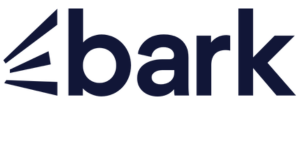






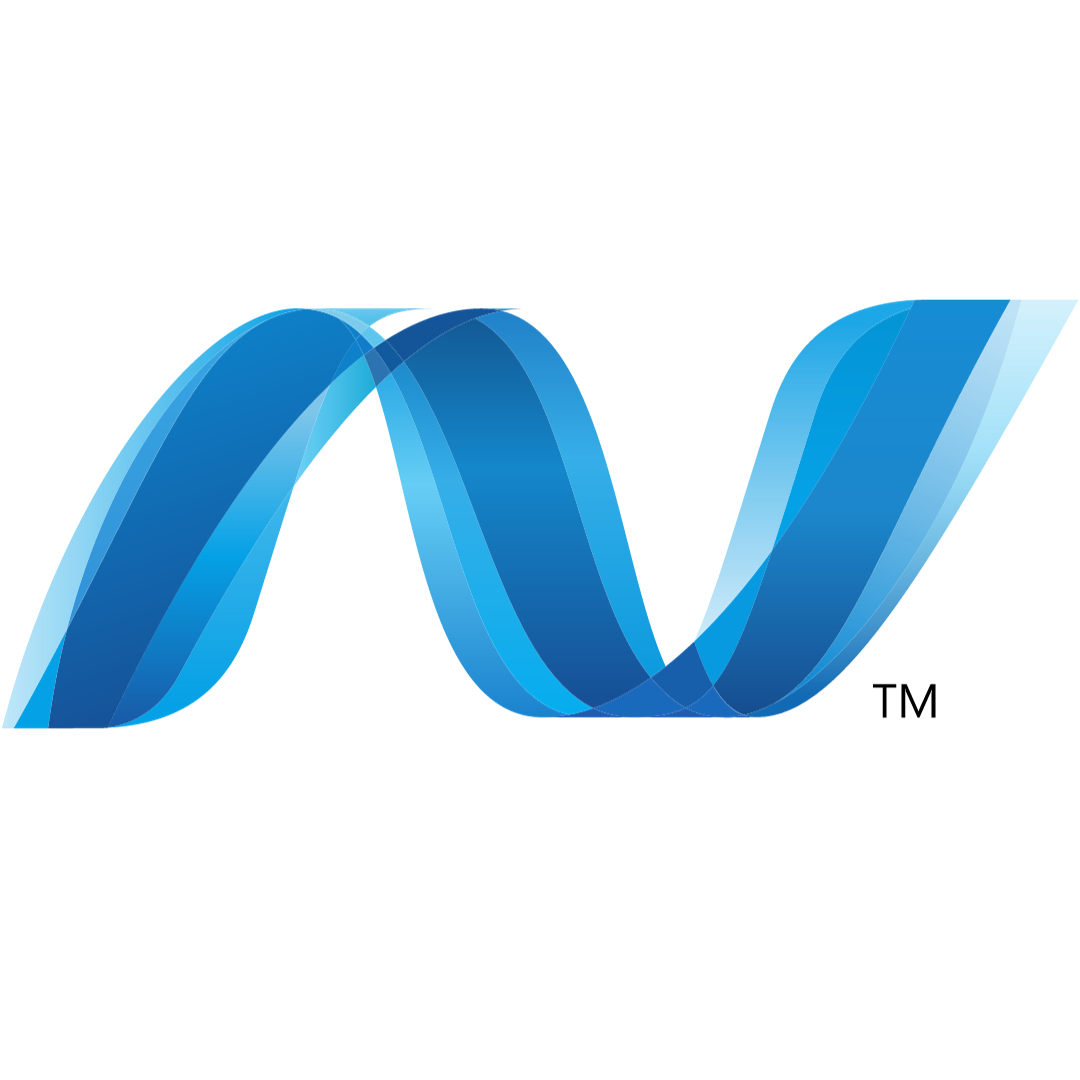



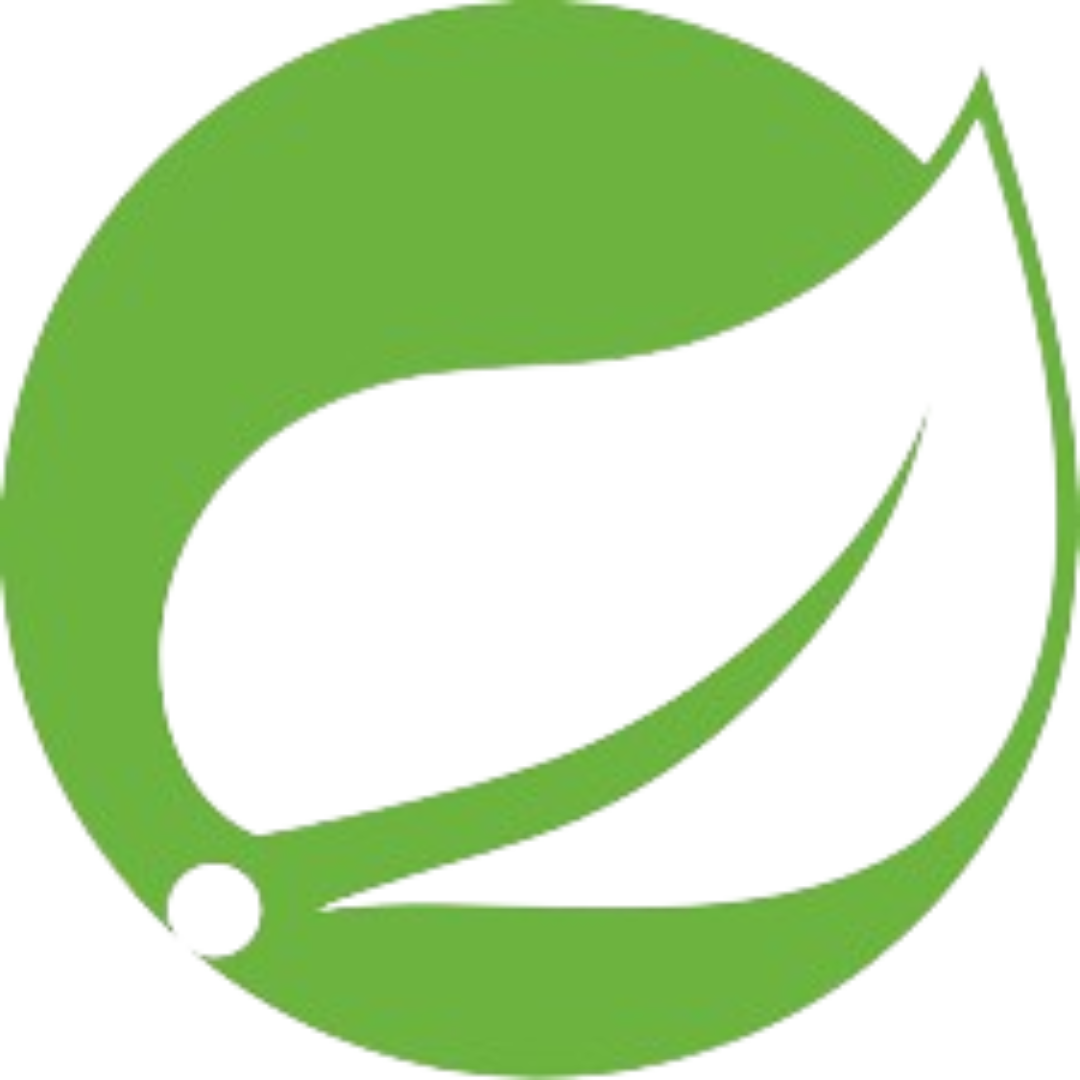

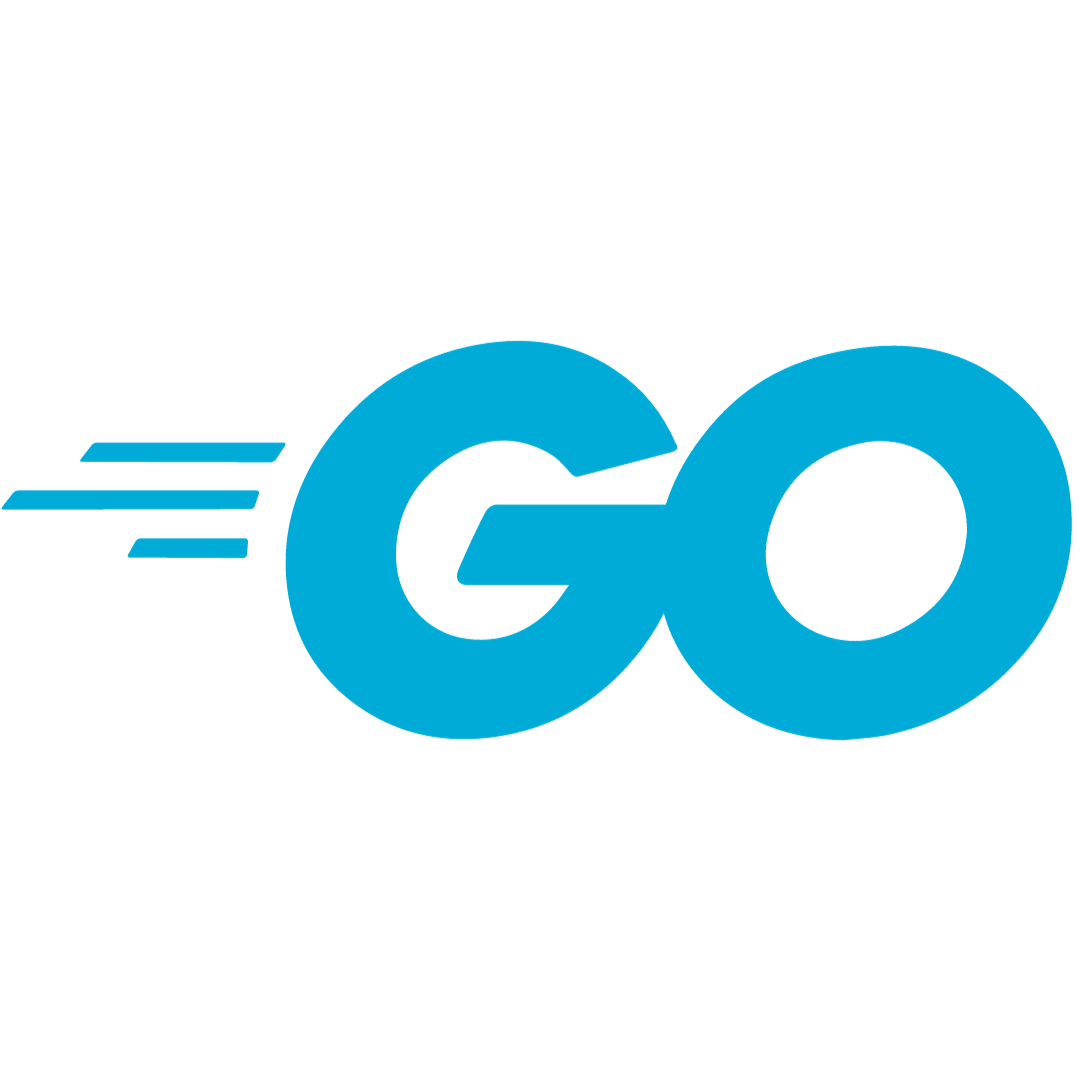




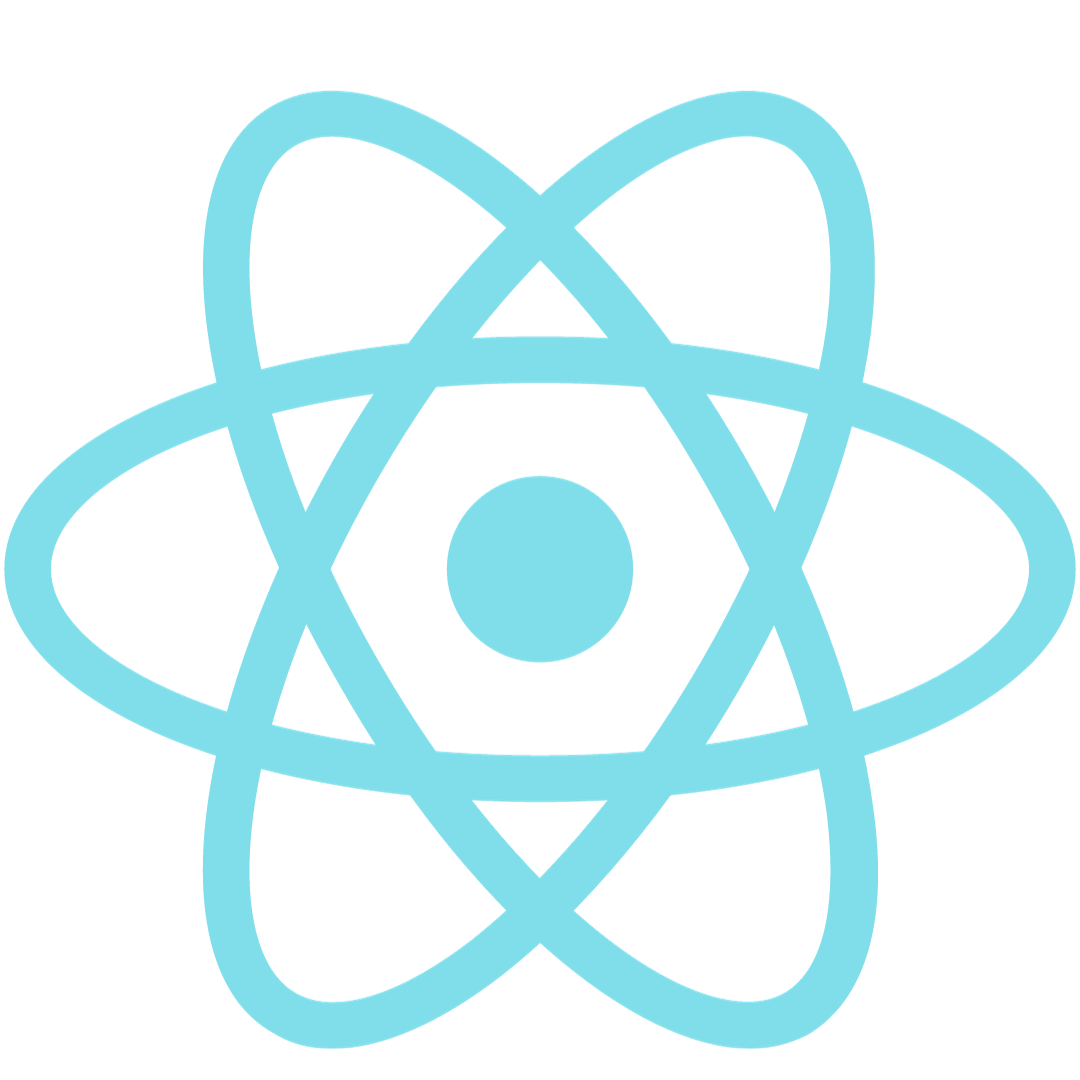
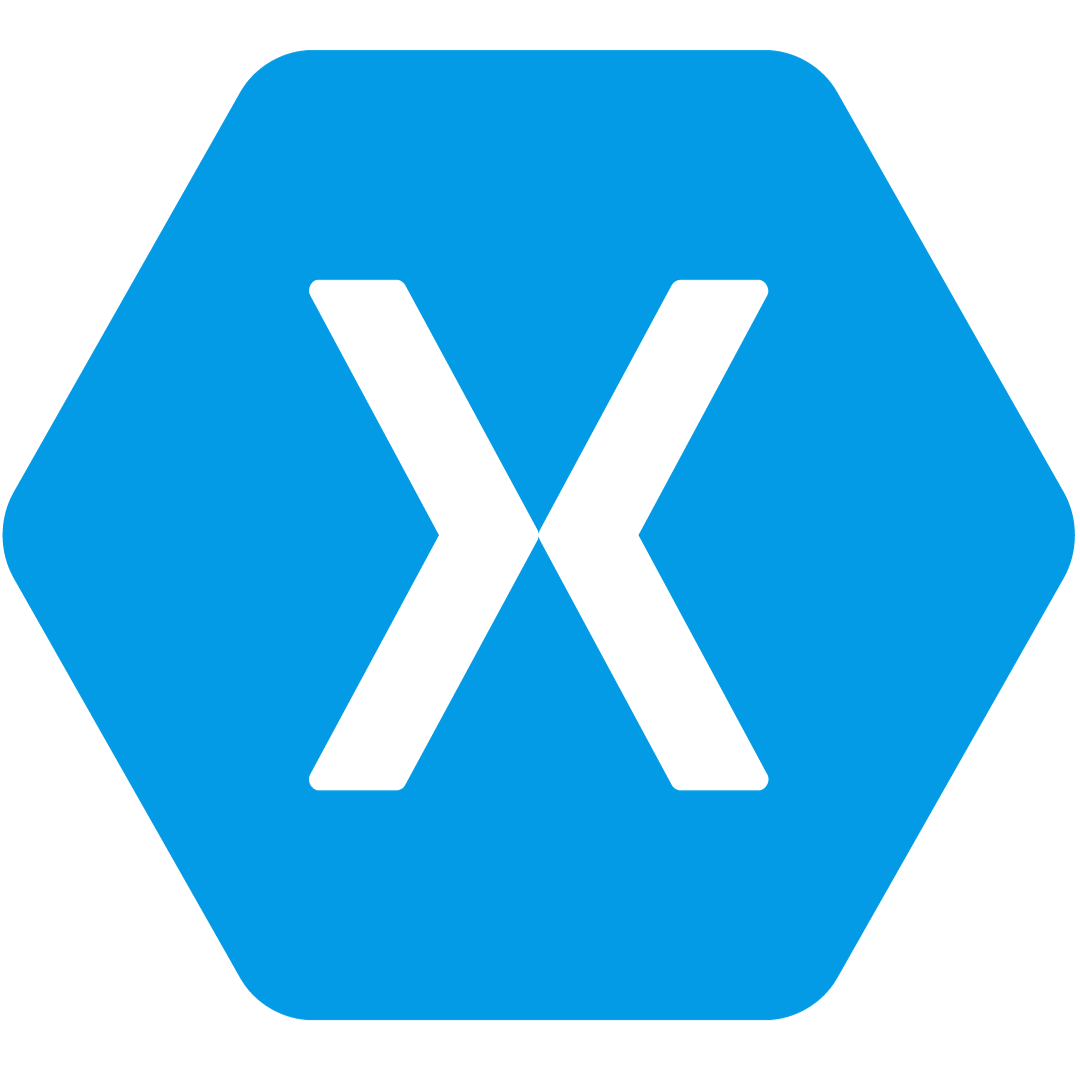
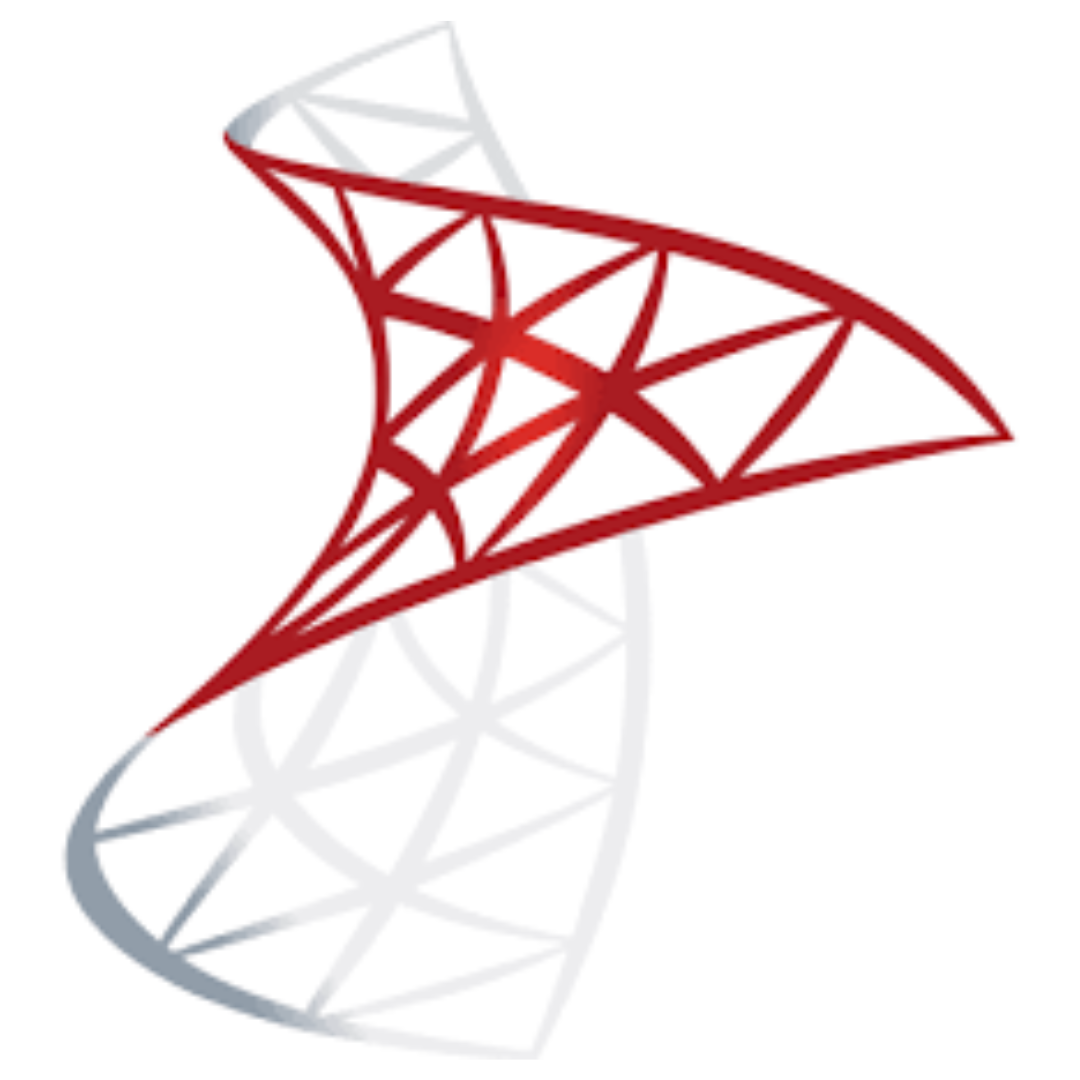


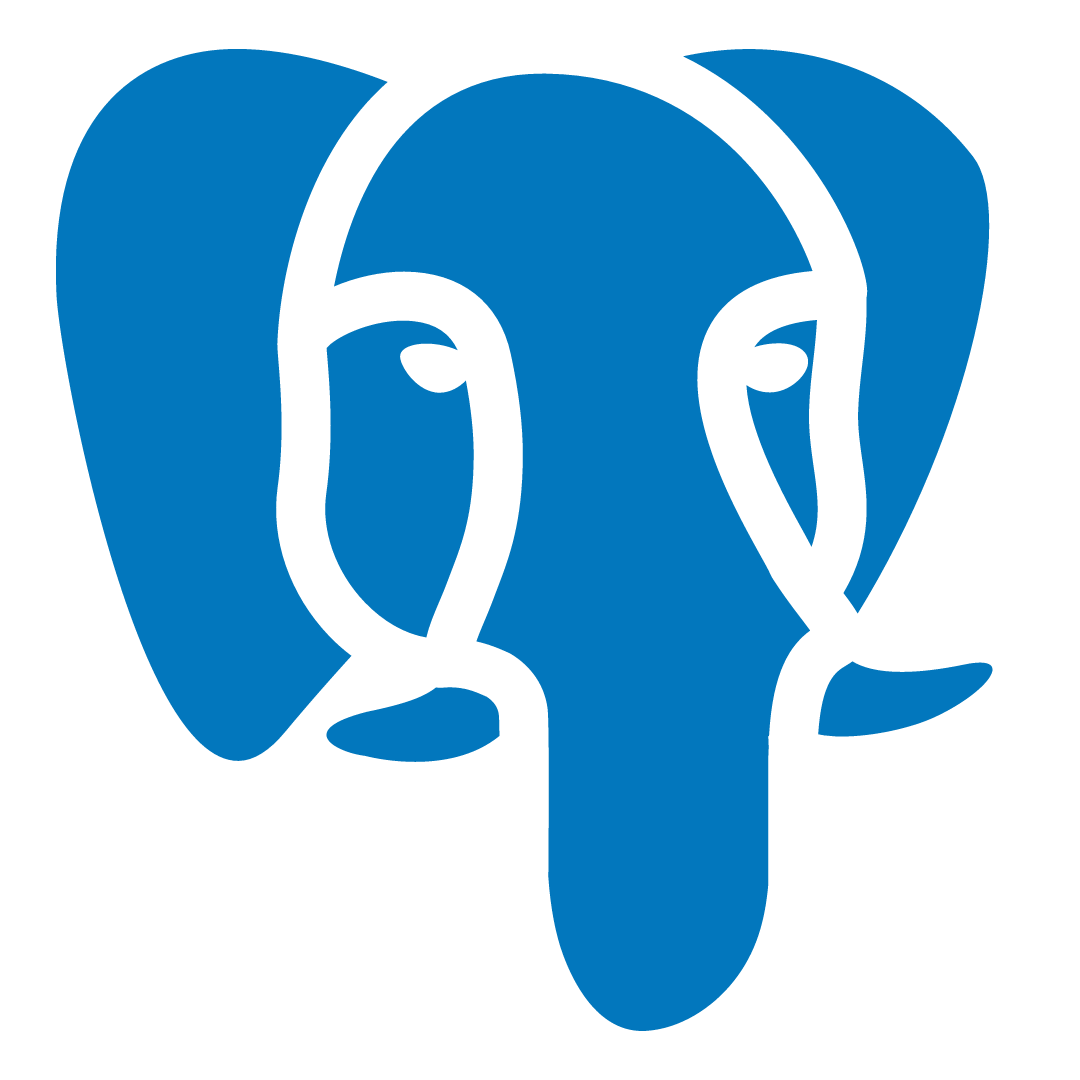
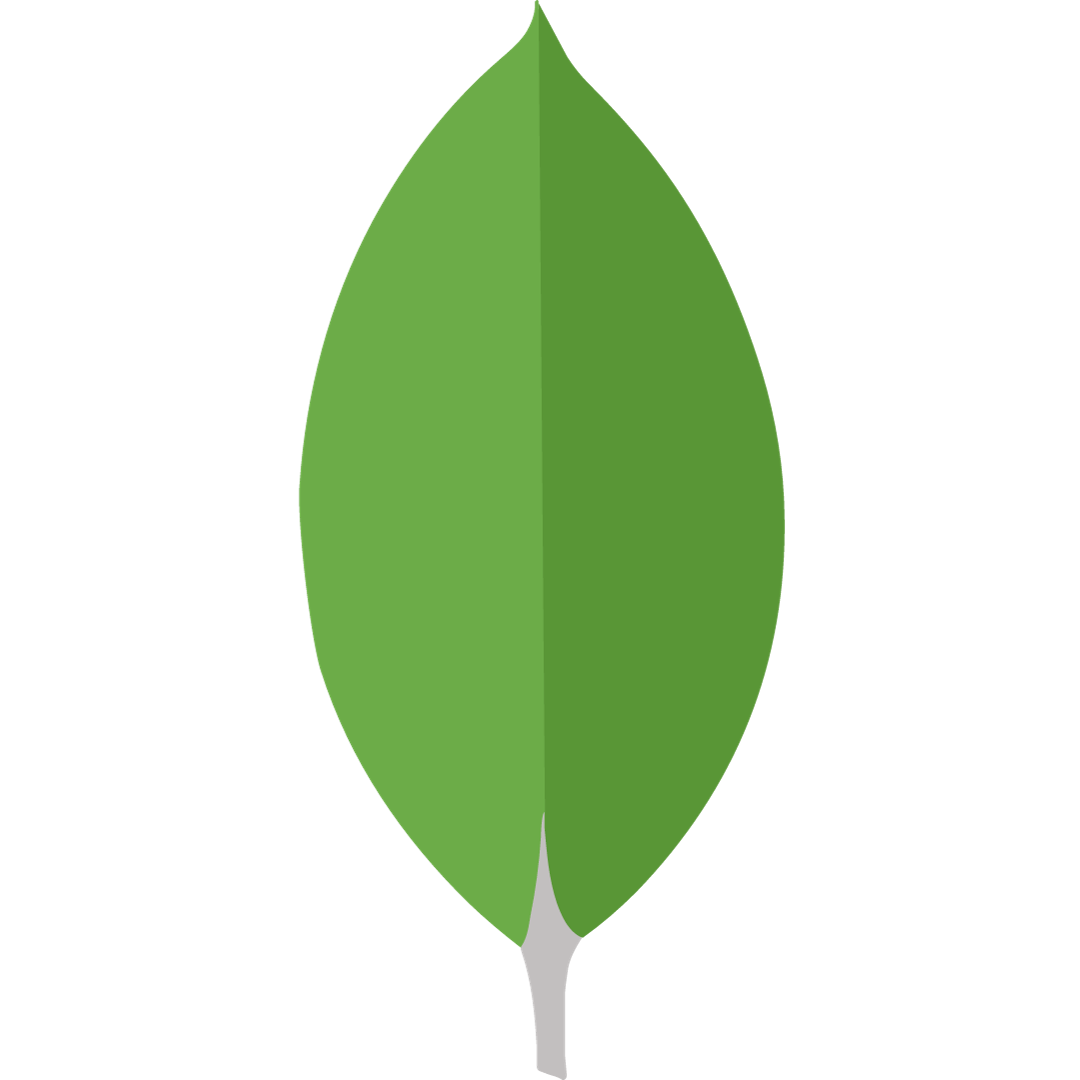

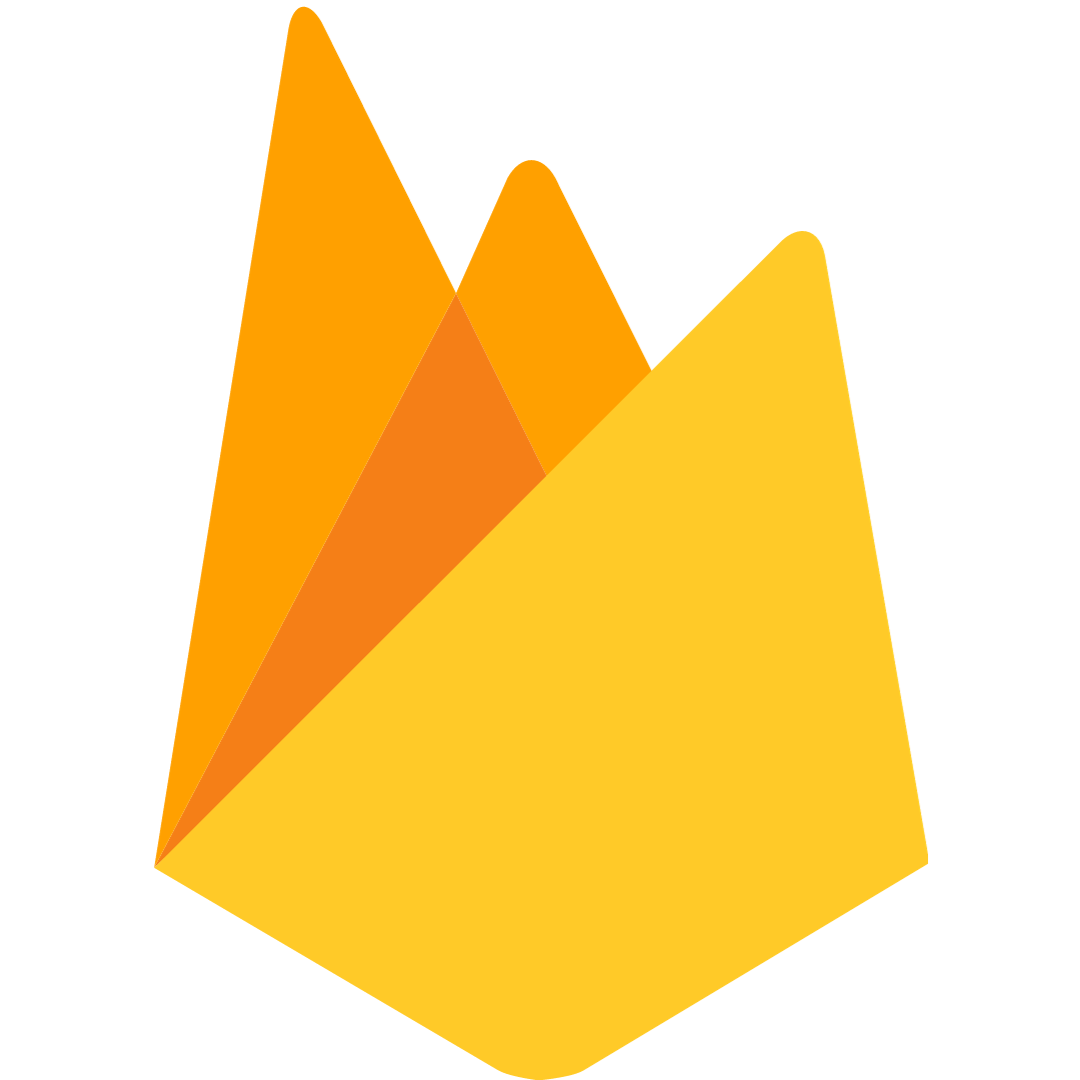



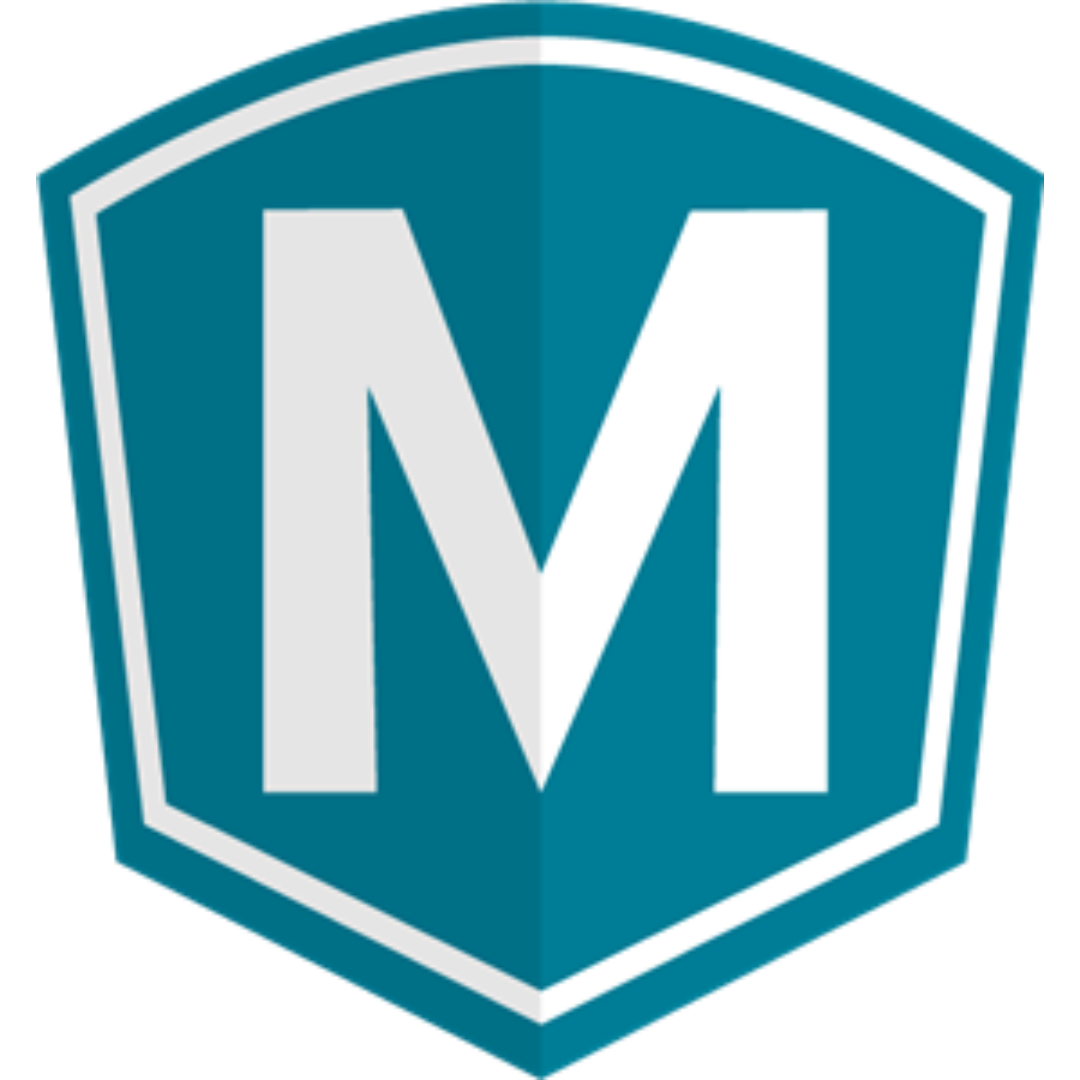
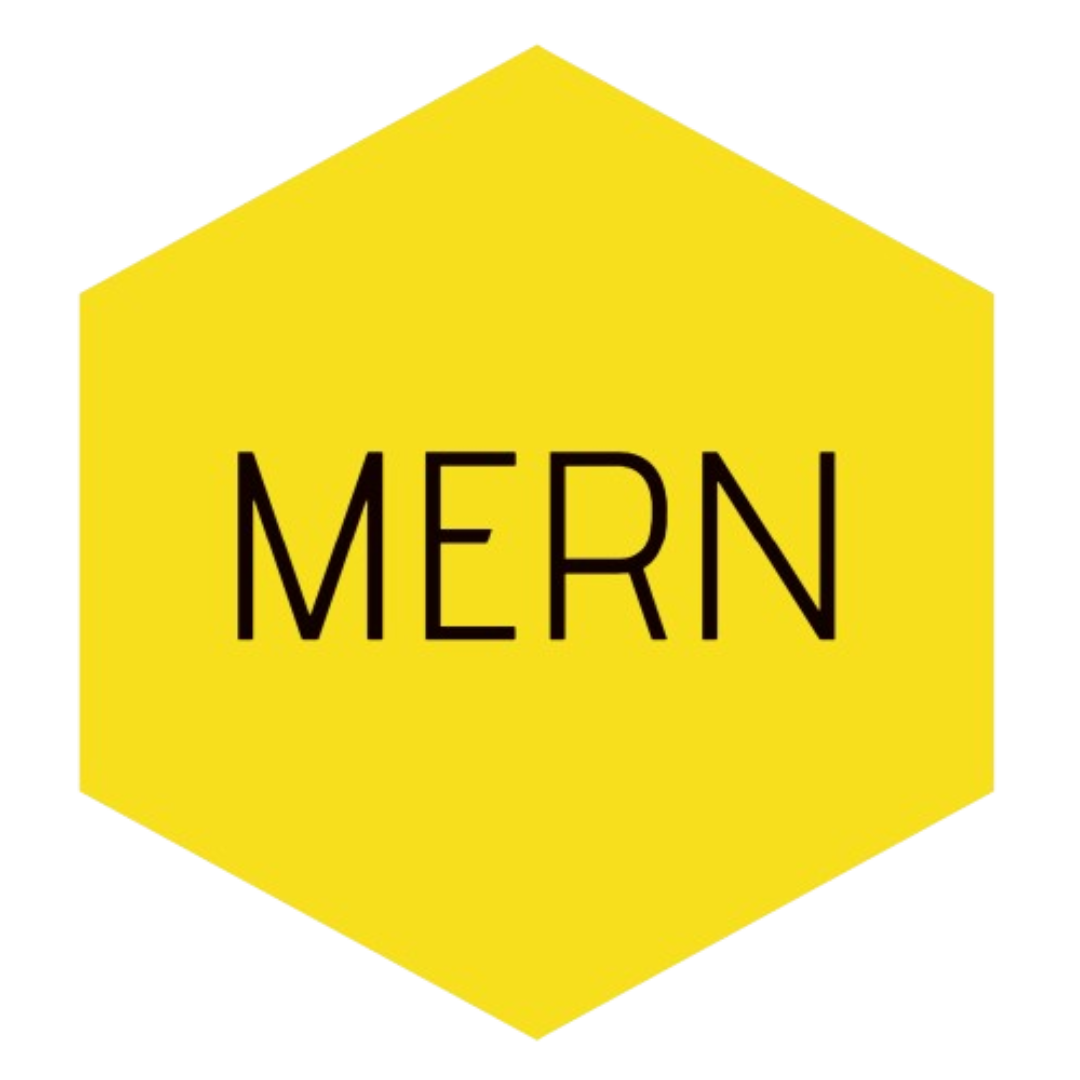
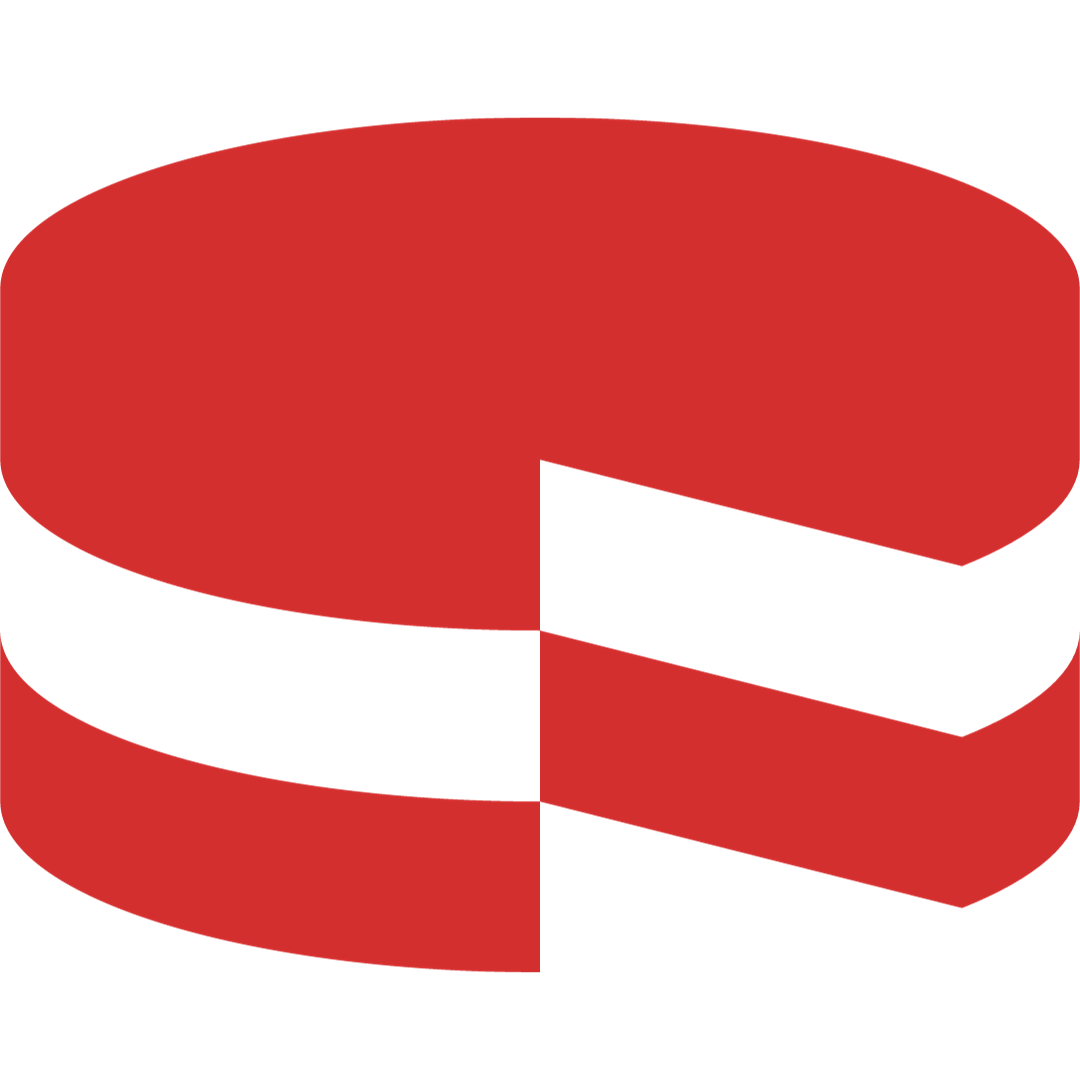


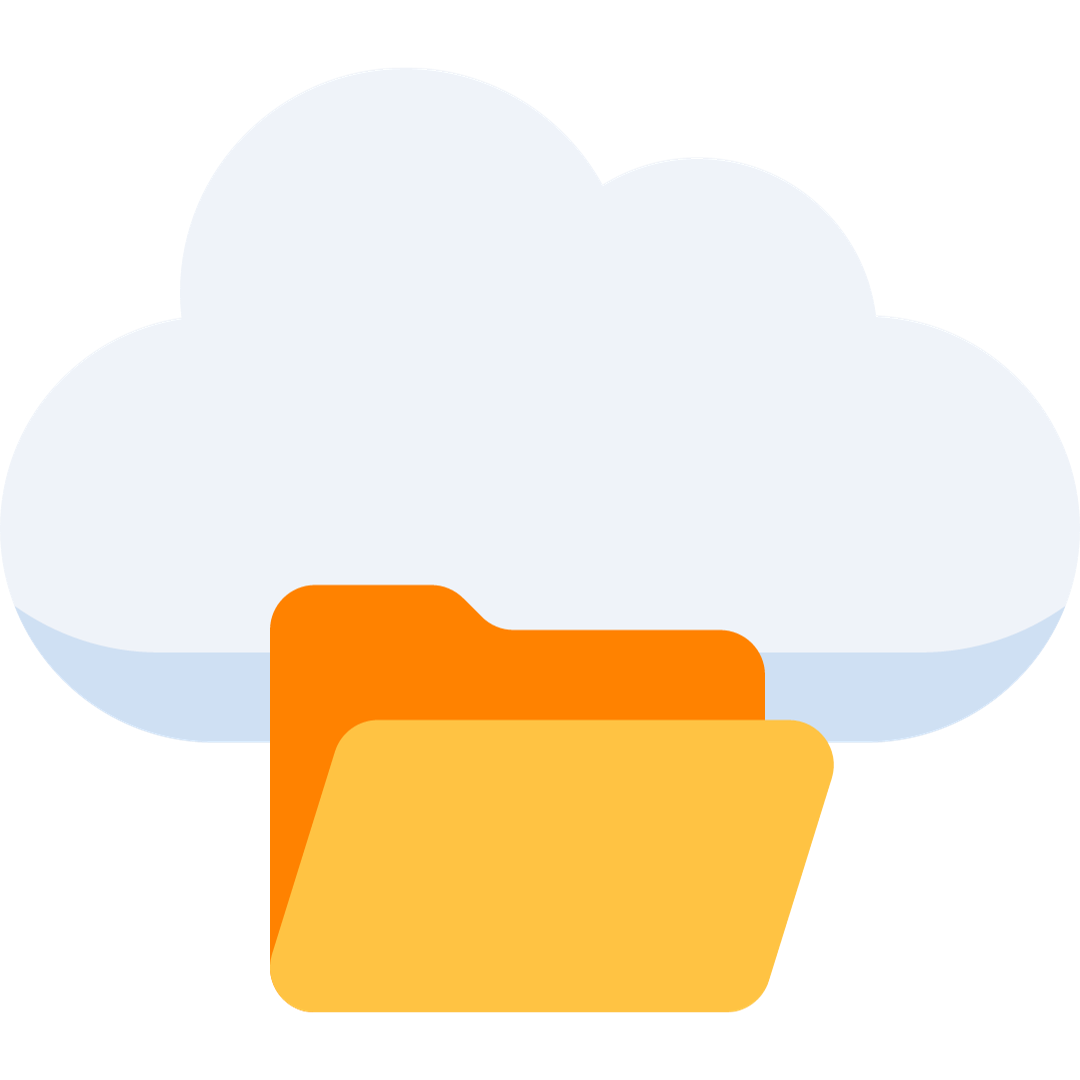

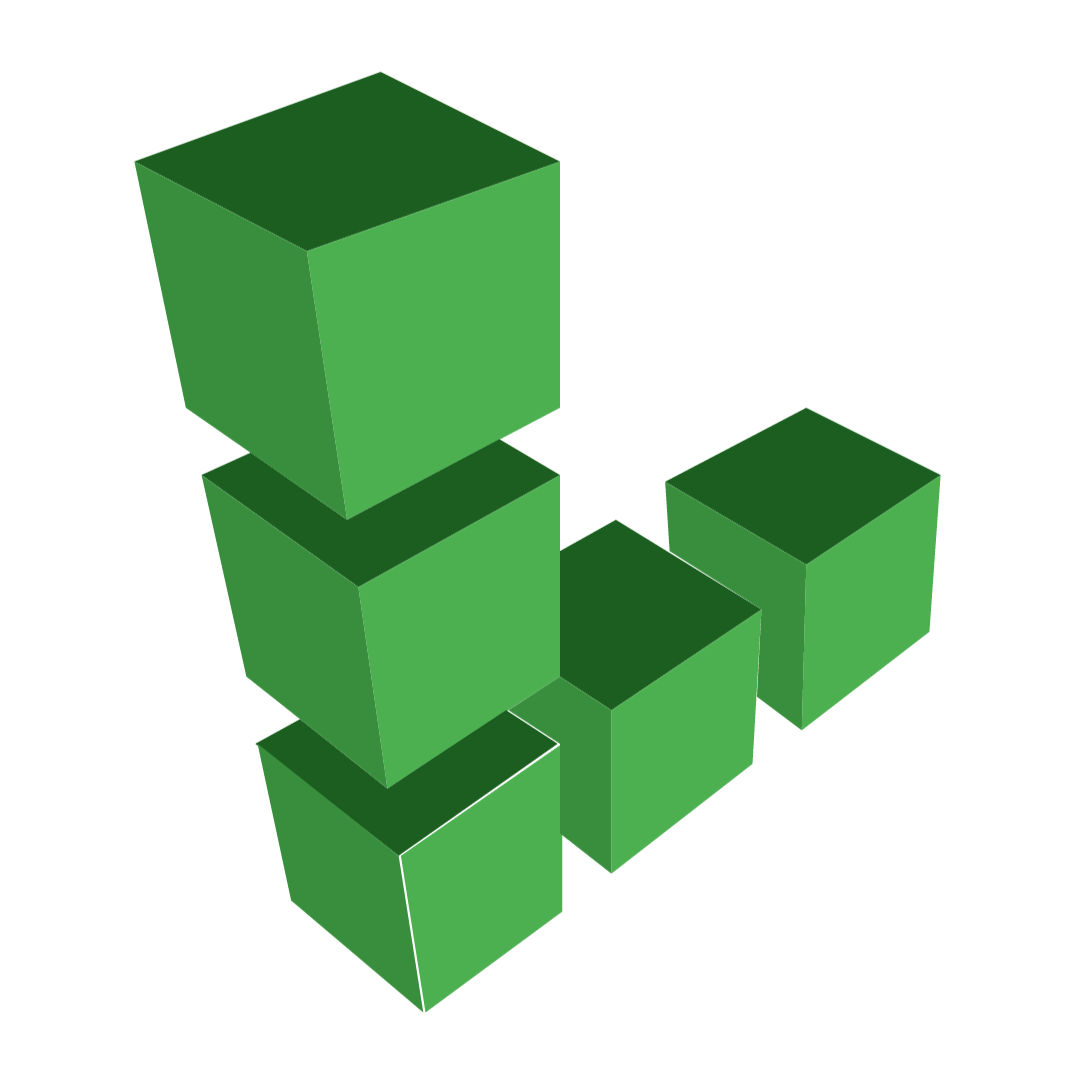


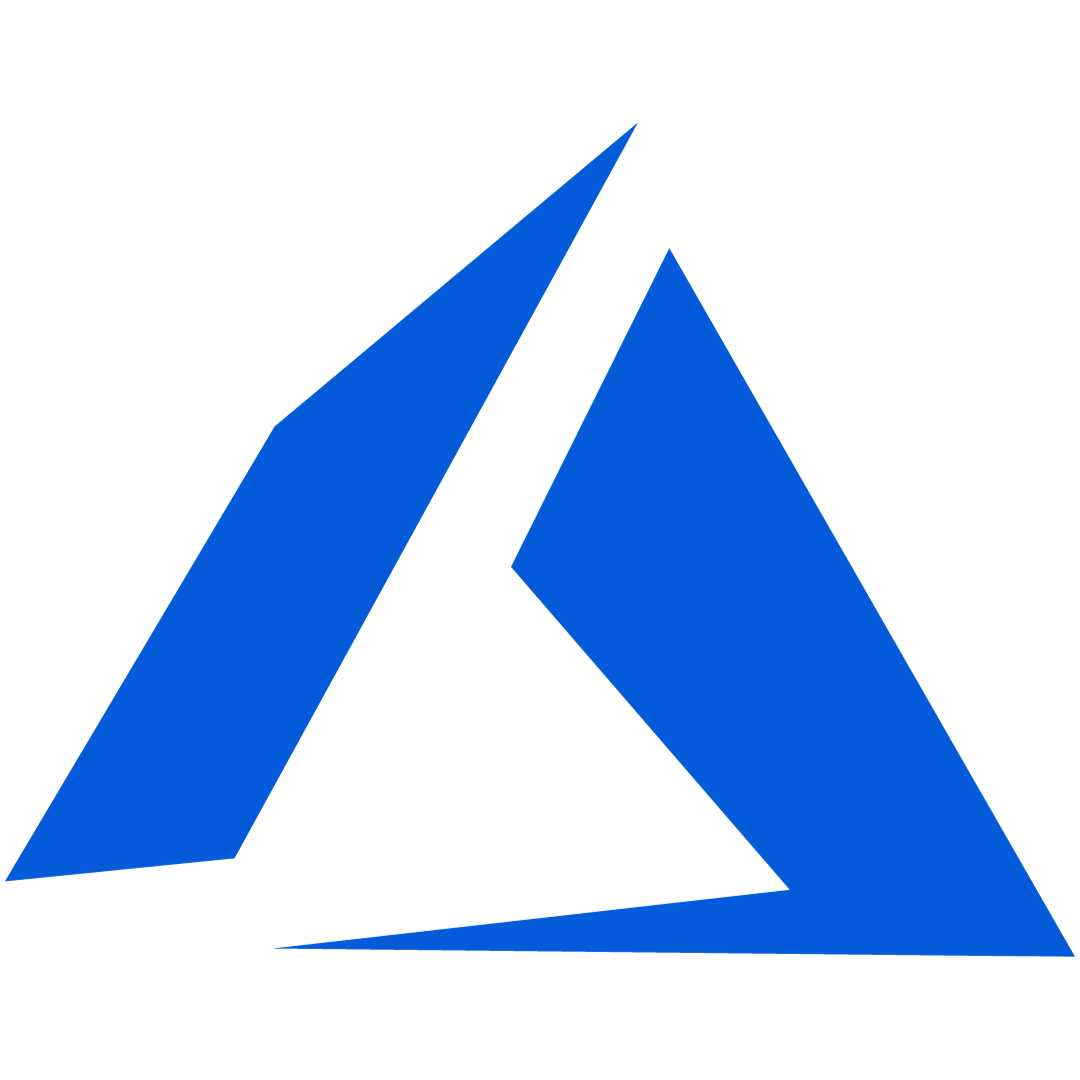
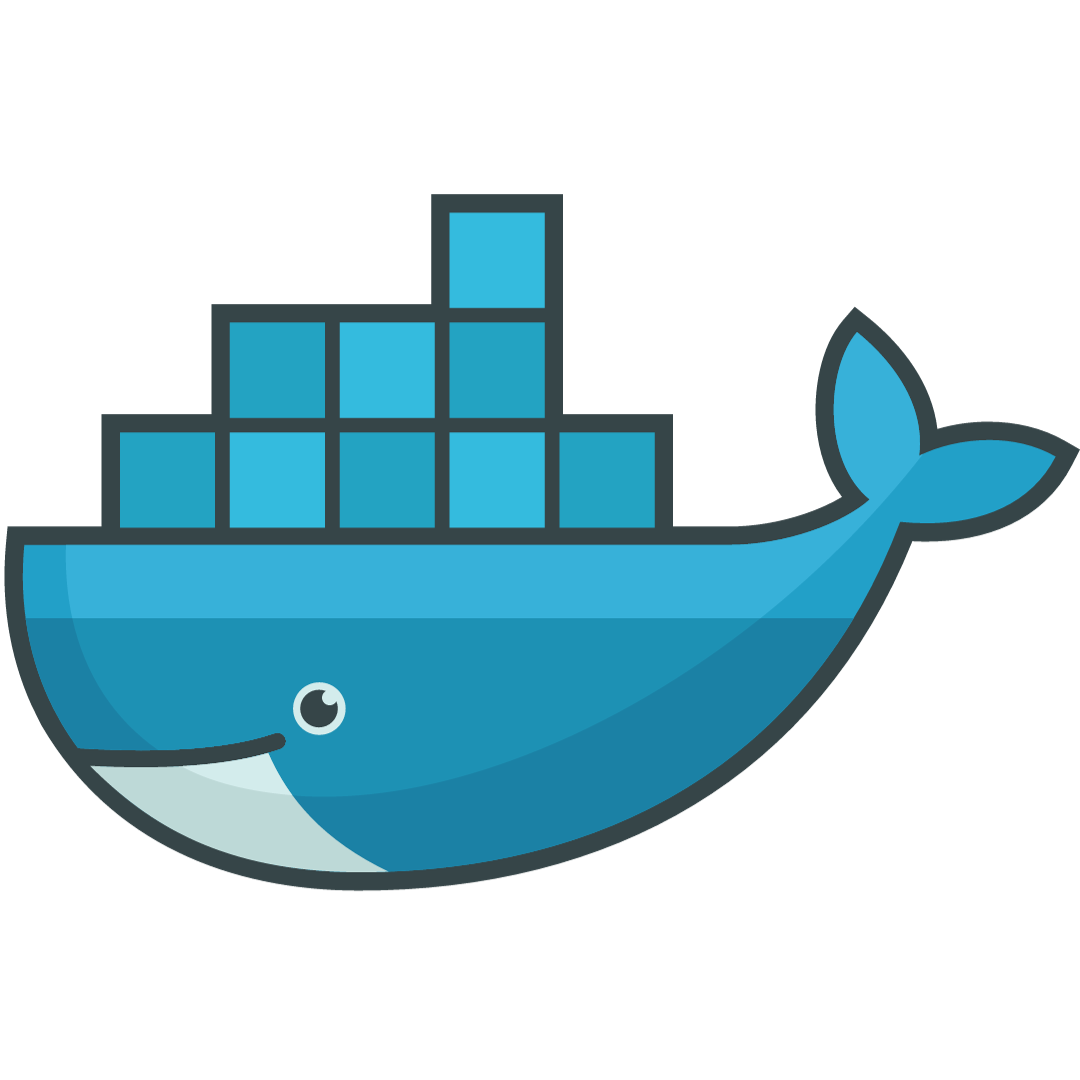

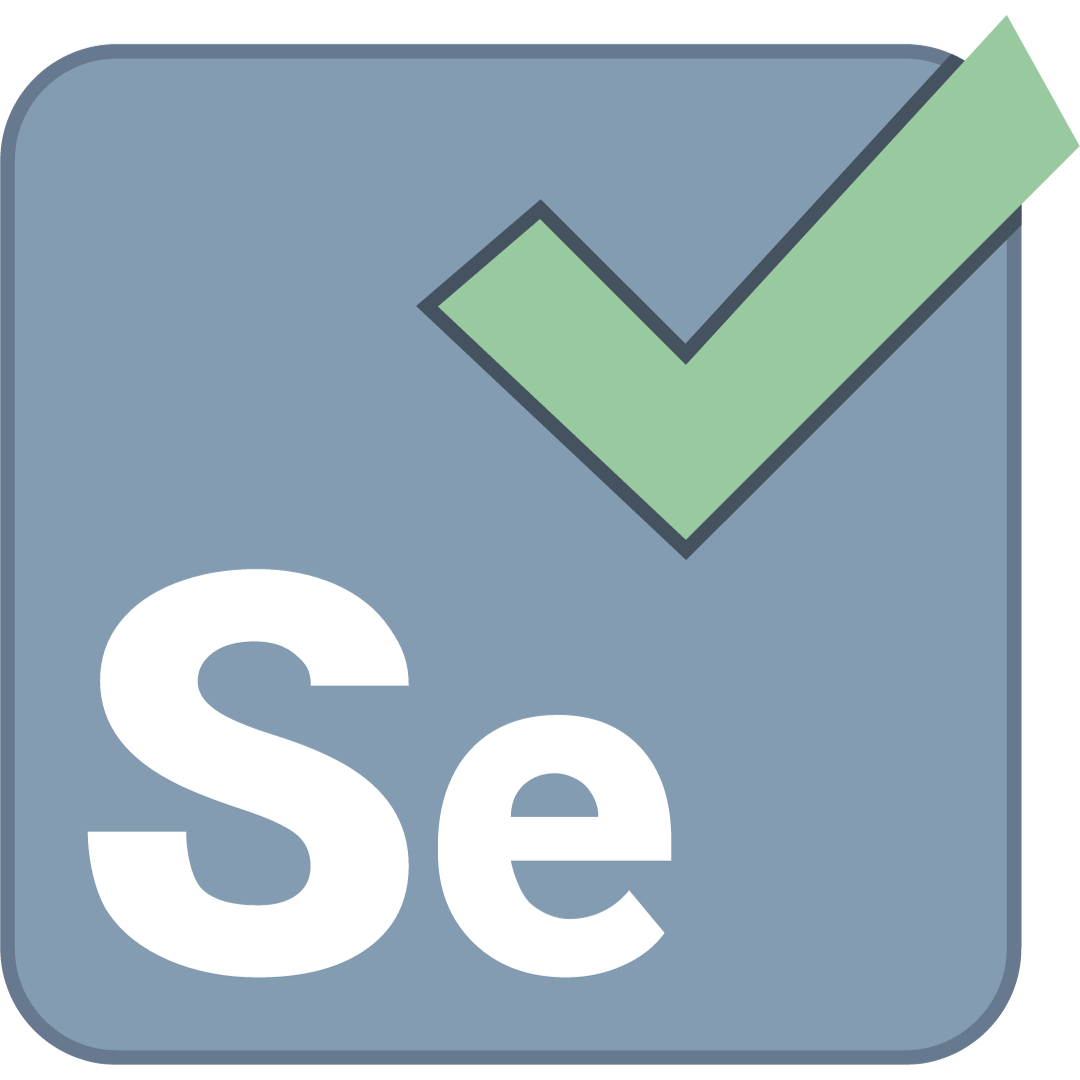
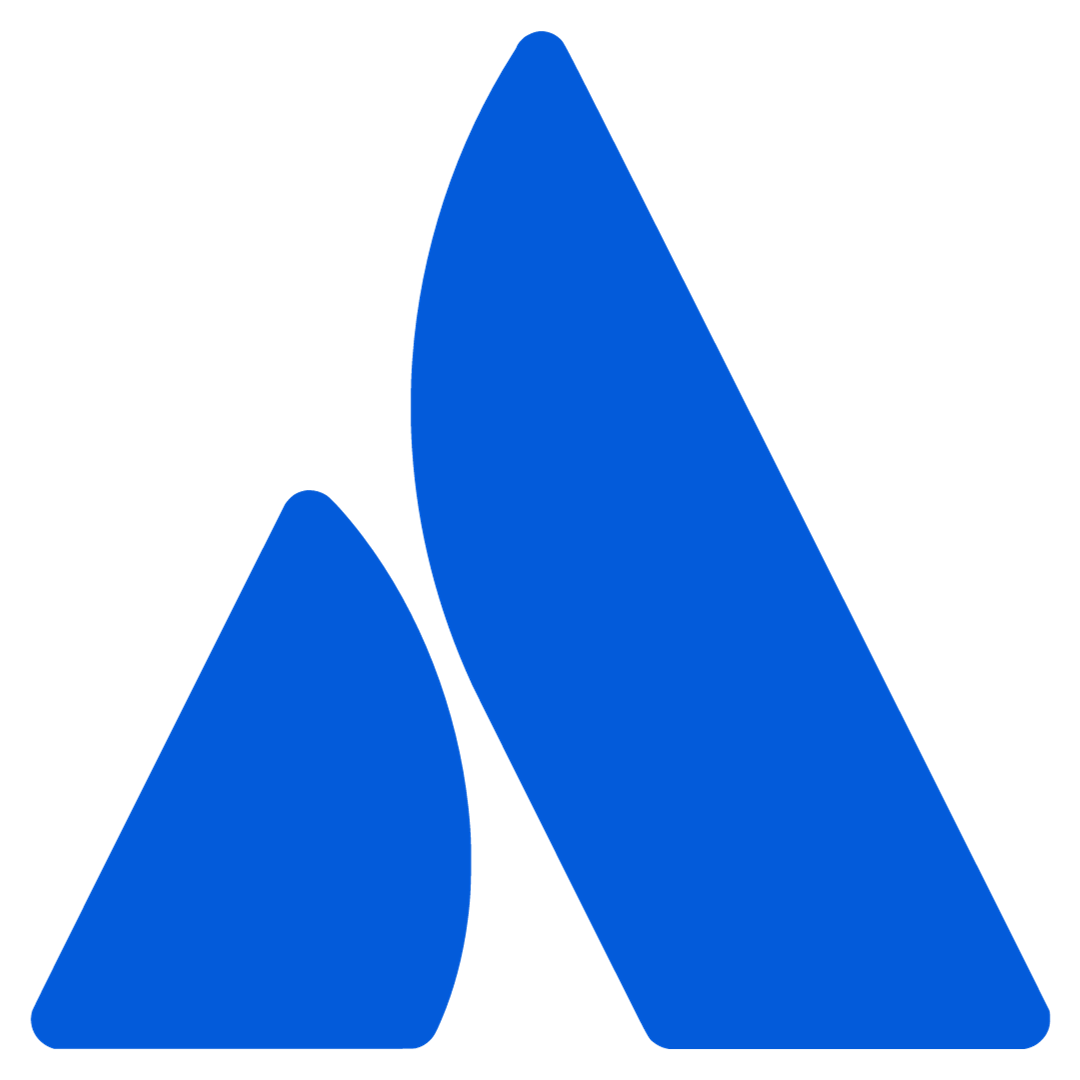








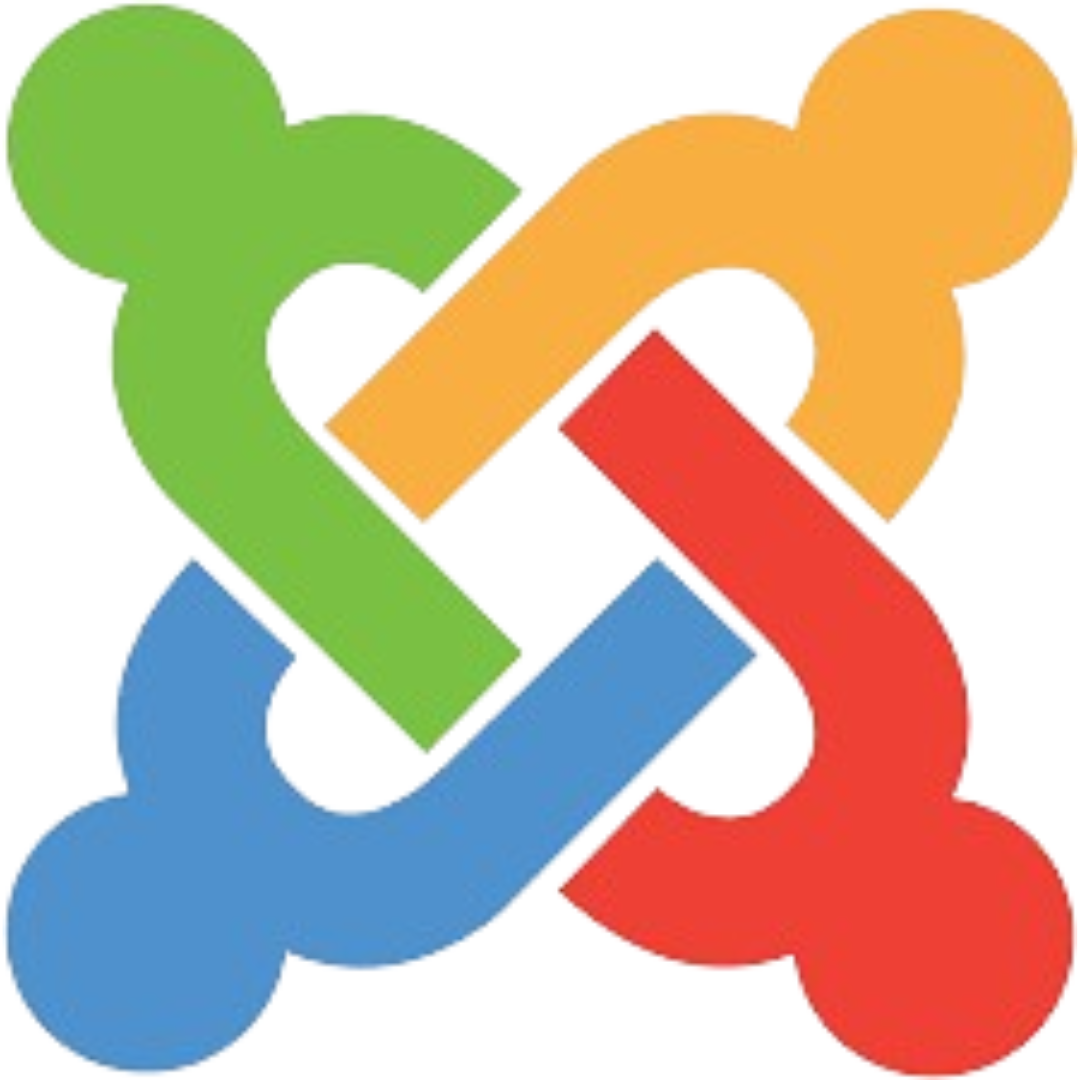

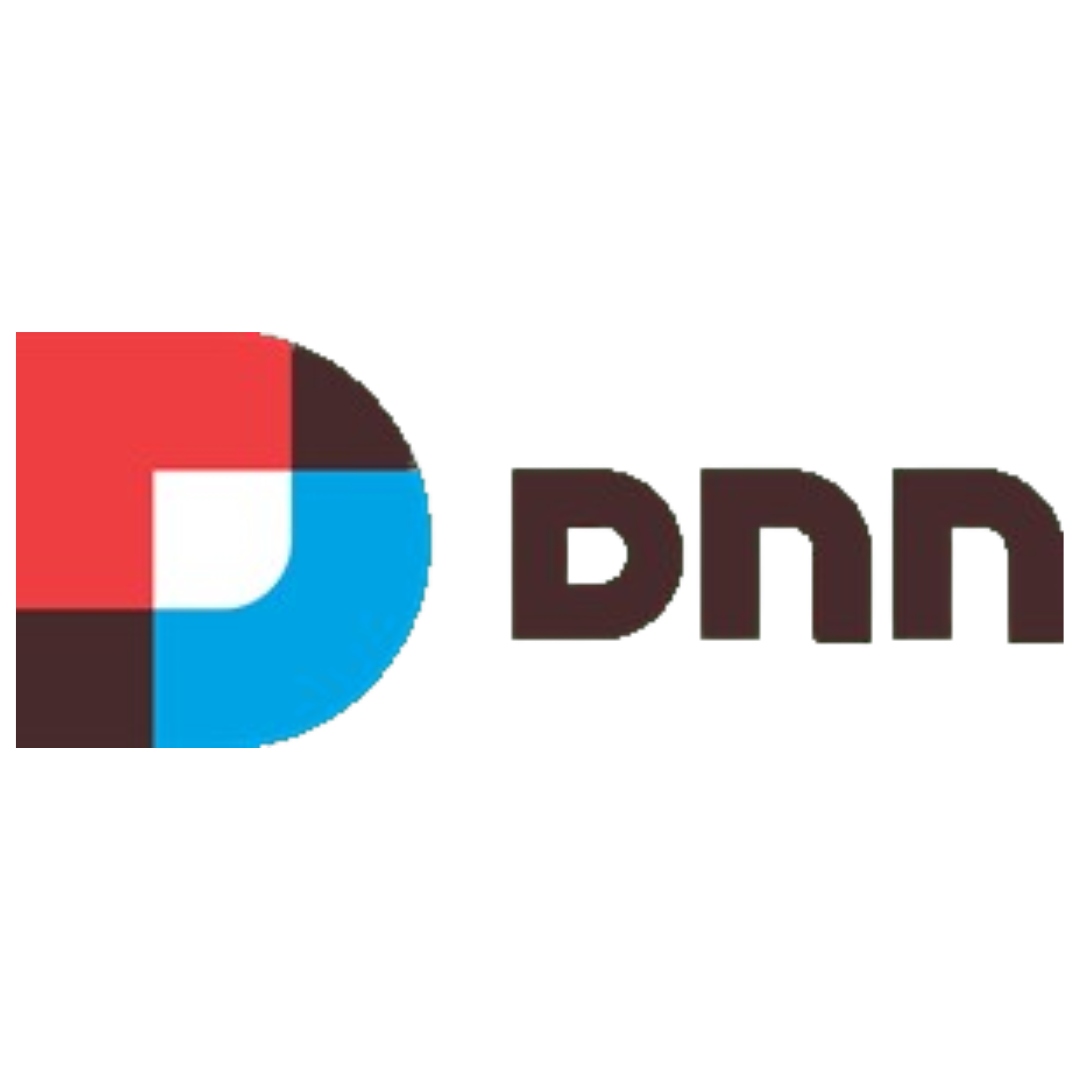

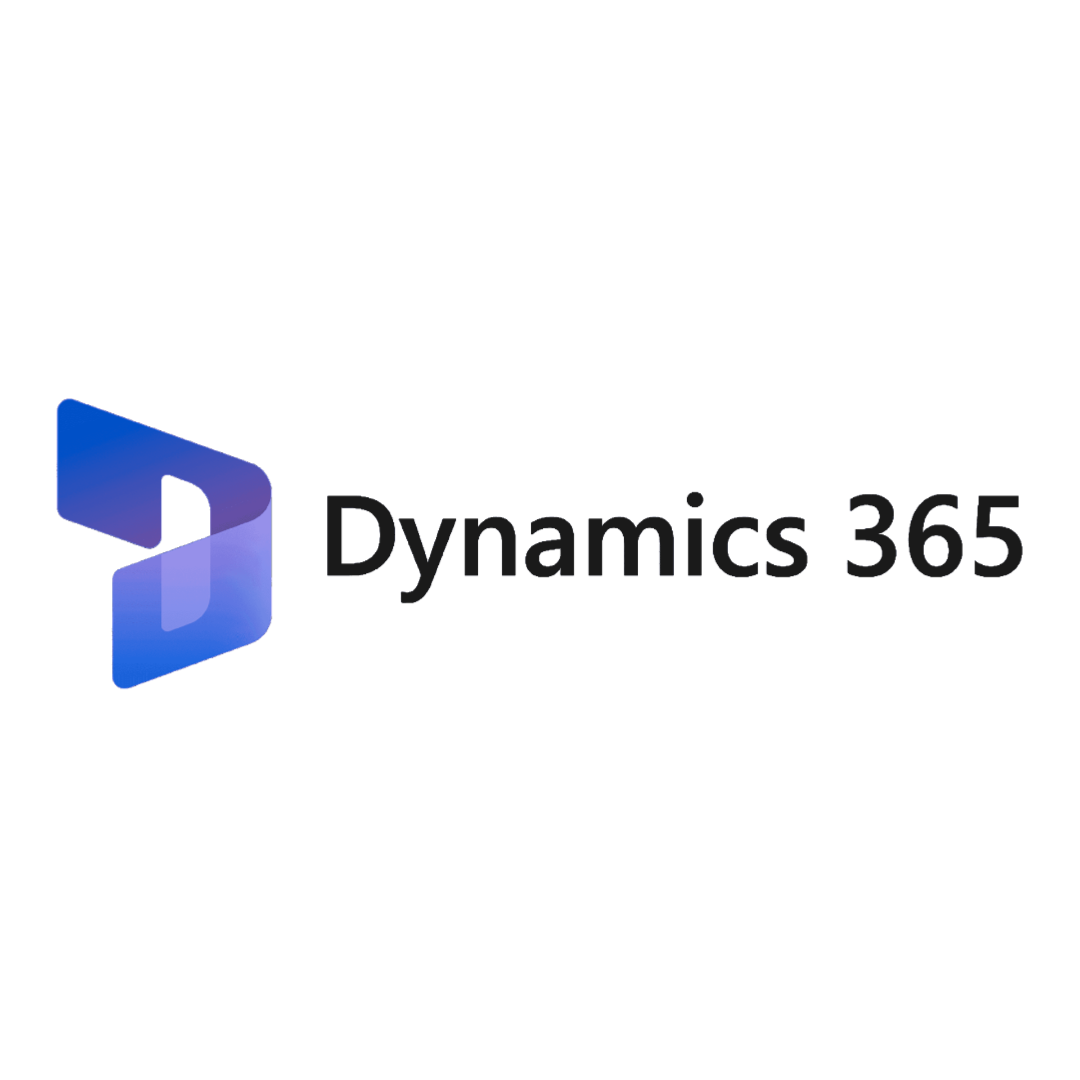
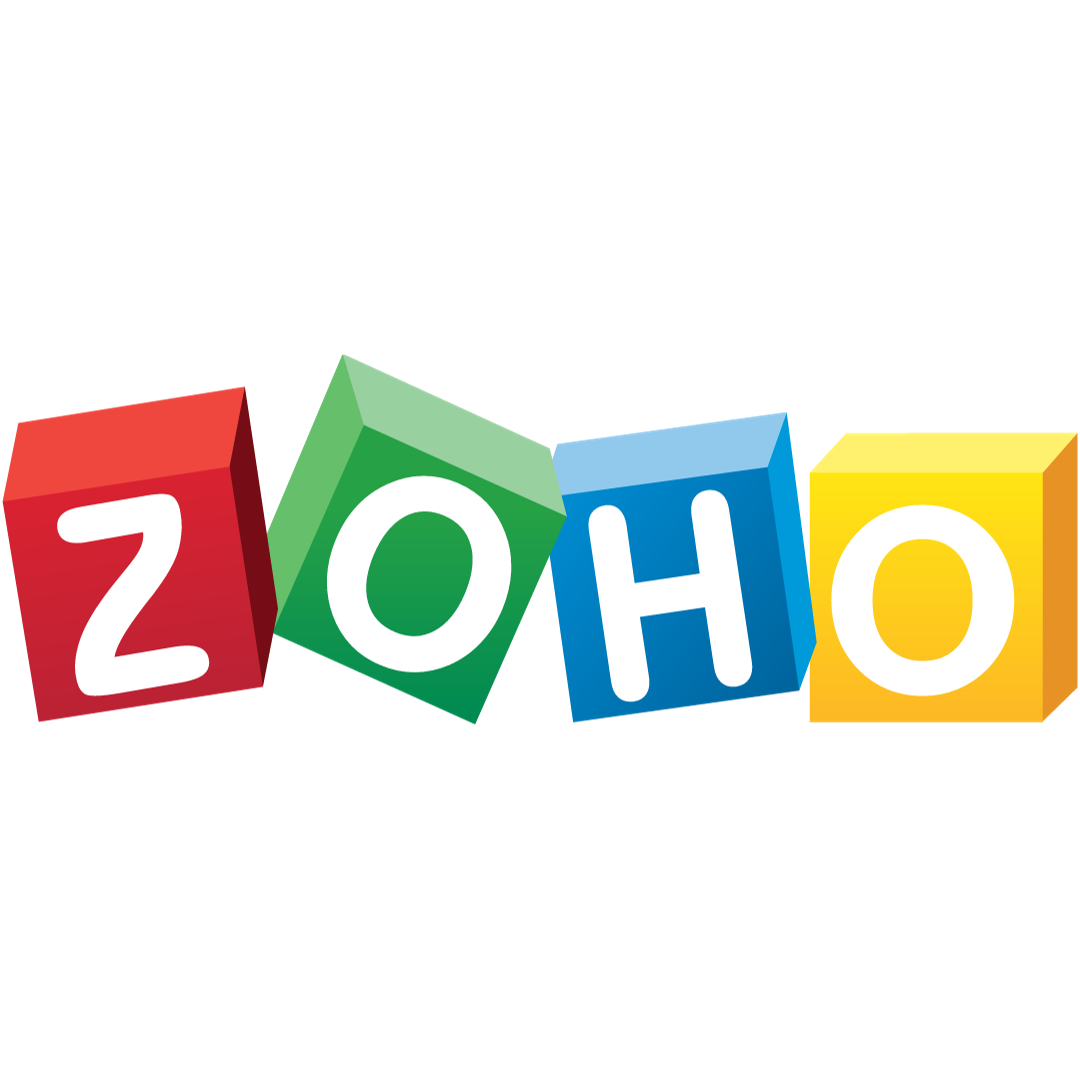


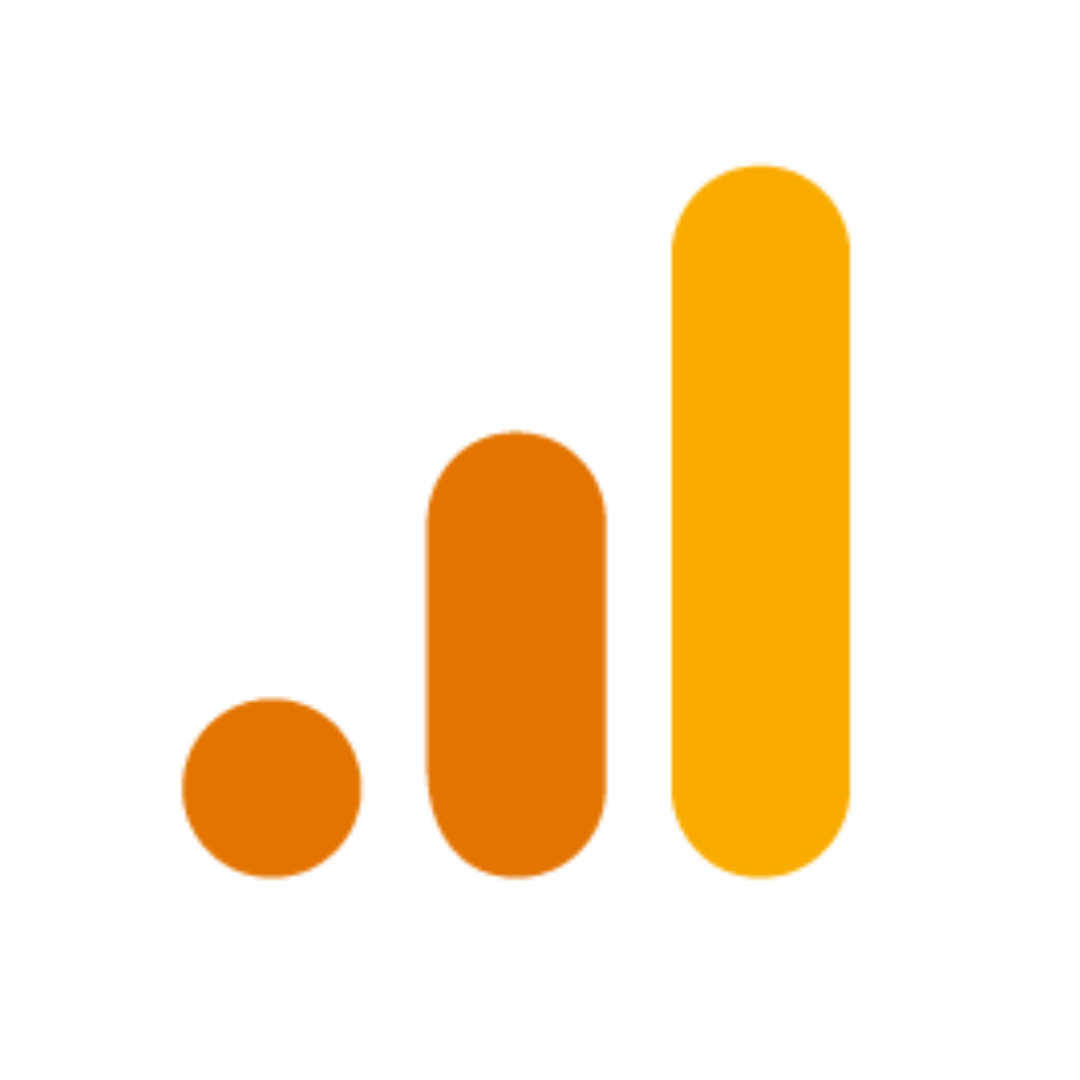
comments for "An Interview with Exavibes Services"
Leave a Reply